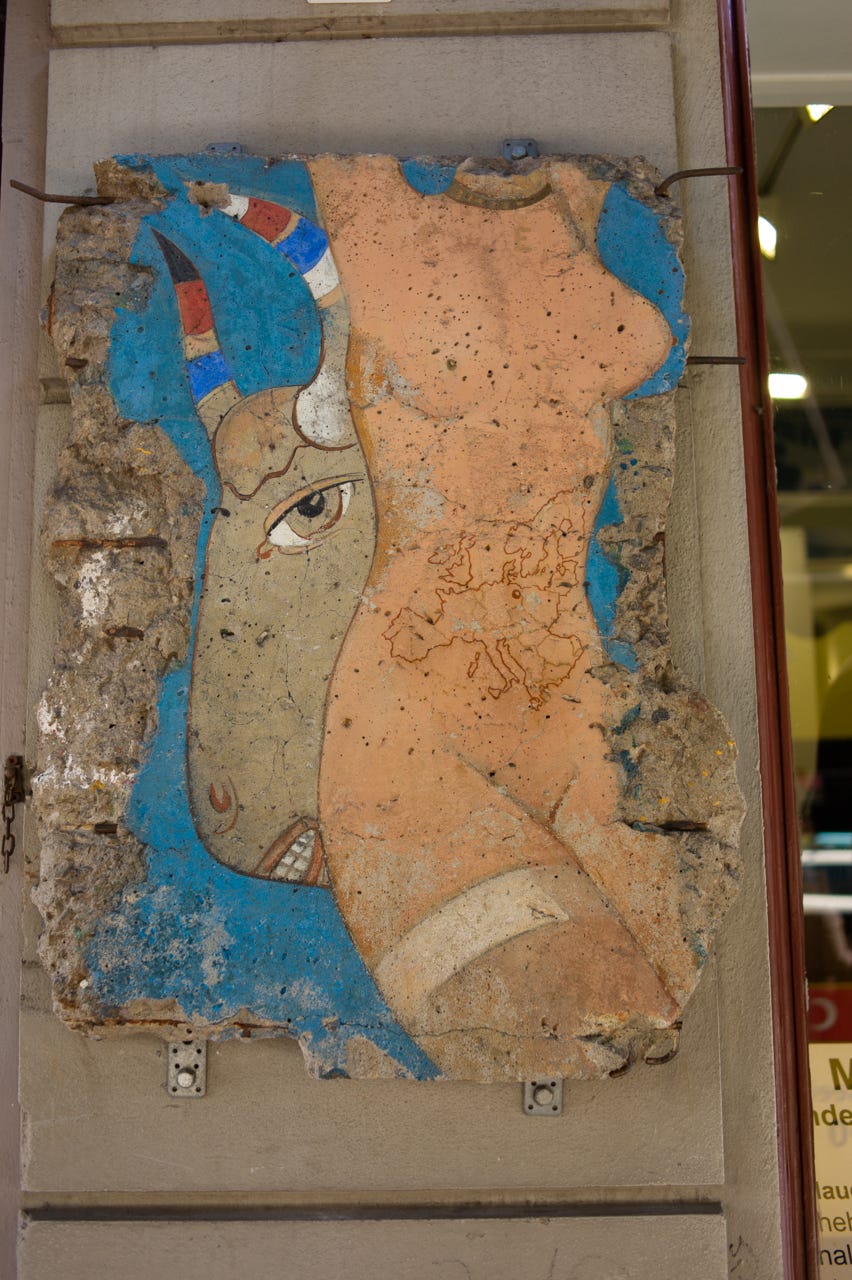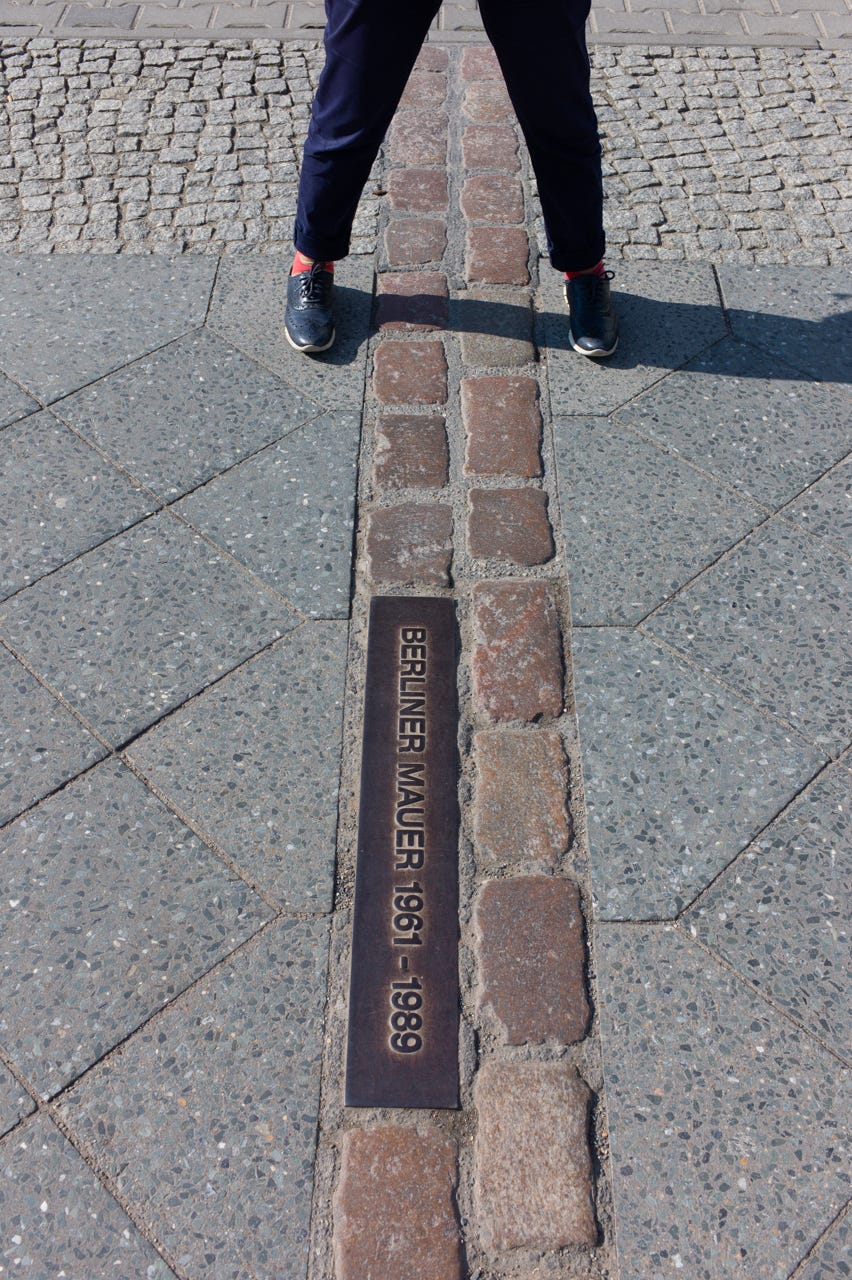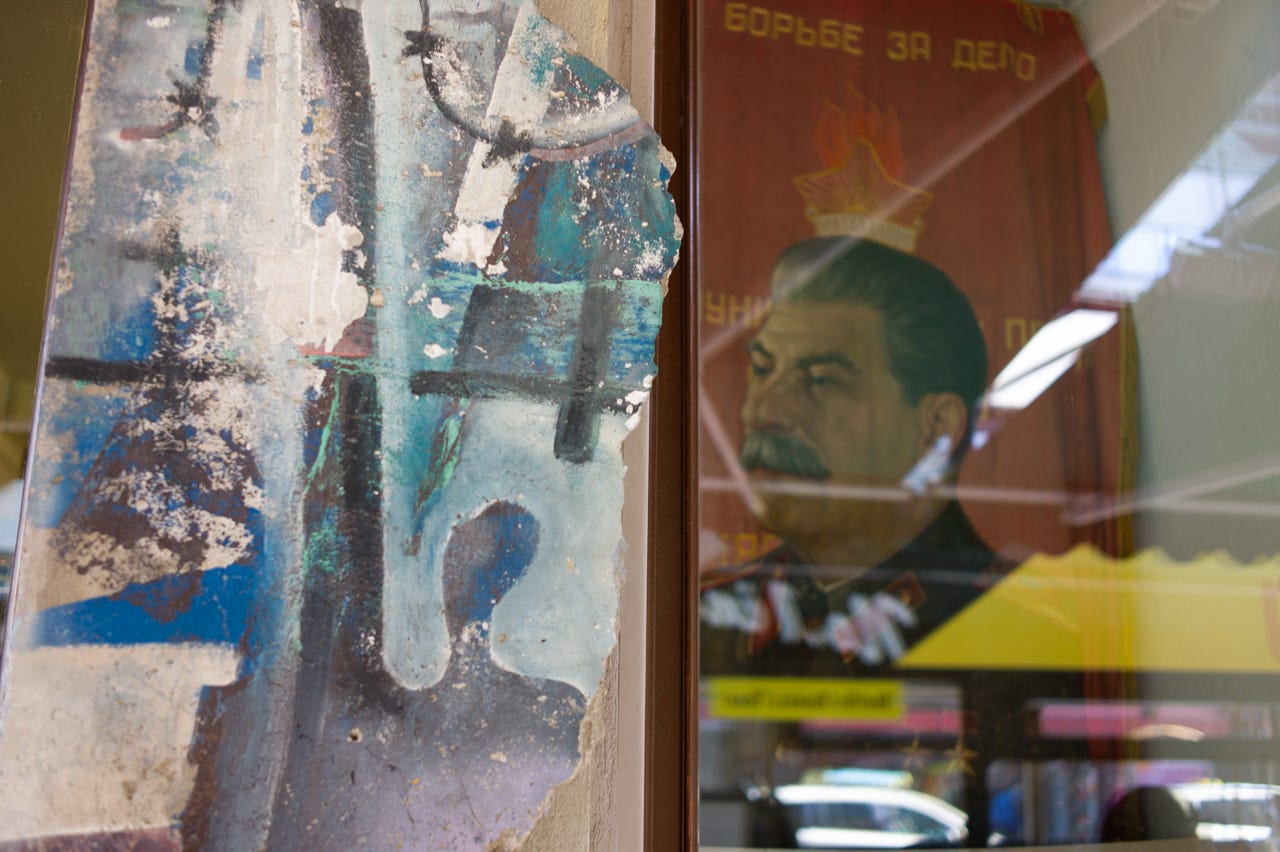The world dominated by its phantasmagorias—this, to make use of Baudelaire’s term, is “modernity.”
Walter Benjamin, The Arcades Project

He who has once begun to open the fan of memory never comes to the end of its segments. No image satisfies him, for he has seen that it can be unfolded, and only in its folds does the truth reside—that image, that taste, that touch for whose sake all this has been unfurled and dissected; and now remembrance progresses from small to smallest details, from the smallest to the infinitesimal, while that which it encounters in these microcosms grows ever mightier. Such is the deadly game that Proust began so dilettantishly …
Walter Benjamin, “A Berlin Chronicle”

Never has mankind been closer to antiquity, in appearance or feeling, than it is today … A glorious and beautiful type of human being is emerging … This human type, as we saw him in last year’s Olympic Games, stepping out before the world in all the radiant pride of his bodily strength and health—this human type, you gentlemen of the prehistoric, spluttering art brigade, is the type of the new age.
And what do you create? Misshapen cripples and cretins, women who can arouse only revulsion, men closer to beasts than to human beings …
Adolf Hitler, speech at opening of Great German Art Exhibition, 1937

Articulating the past historically does not mean recognizing it “the way it really was.” It means appropriating a memory as it flashes up in a moment of danger … Every age must strive anew to wrest tradition away from the conformism that is working to overpower it. The Messiah comes not only as the redeemer; he comes as the victor over the Antichrist. The only historian capable of fanning the spark of hope in the past is the one who is firmly convinced that even the dead will not be safe from the enemy if he is victorious. And this enemy has never ceased to be victorious.
Walter Benjamin, “On the Concept of History”

During its 28 years in limbo, Potsdamer Platz exuded a strange fascination towards many people on the western side, especially tourists and also visiting politicians and heads of state. For the benefit of the former, the row of post-war single-storey shops in Potsdamer Straße now sold a wide variety of souvenir goods, many of which were purchased by coach-loads of curious visitors brought specially to this sad location. An observation platform had been erected, primarily for military personnel and police but used increasingly by members of the public, so that they could gaze over the Wall at the wilderness beyond.
Wikipedia entry, “Potsdamer Platz”

There’s a German word for this kind of fantasy that one often hears discussed in places like Zwickau or the former East Berlin: ostalgie, a portmanteau of ost (“East”) and nostalgie (“nostalgia”). Often attributed to the East German cabaret performer Uwe Steimle, it became prevalent in the early 2000s, when, under the chancellorship of Gerhard Schröder, former citizens of the G.D.R. saw their landmarks demolished and their social safety net dismantled. A number of comedic films like “Sonnenallee” (1999) and “Good Bye Lenin!” (2003) sentimentalized East Germany as a scenic backdrop. The remaining Communist relics became objects of tourist kitsch.
Evan Moffitt, “The Artists Questioning Nostalgia for East Germany’s Past”
commentary
These photographs were taken in Berlin in March 2016. 8.1 and 8.5 were shot in and around Potsdamer Platz, a famous Berlin location. “The heyday of Potsdamer Platz,” according to Wikipedia, “was in the 1920s and 1930s. By this time it had developed into the busiest traffic center in all of Europe, and the heart of Berlin’s nightlife. It had acquired an iconic status, on a par with Piccadilly Circus in London or Times Square in New York.” Most of the surrounding buildings were destroyed during World War II.
After the war Potsdamer Platz found itself at the intersection of the American, British, and Soviet sectors, and it was divided in two in 1960 by the Berlin Wall (8.2–8.4). Almost all the remaining buildings were subsequently demolished and the area turned into a deserted wasteland.
But after Germany’s reunification in 1990, Potsdamer Platz became “the biggest building site in Europe.” Behind its steel-and-glass facades, the futuristic Sony Center, designed by Helmut Jahn—Sony’s European headquarters—incorporates ghostly fragments of the one-time luxury Hotel Esplanade (8.5), which was frequented back in Walter Benjamin’s day by the likes of Charlie Chaplin and Greta Garbo.
8.2 is a fragment of the Berlin Wall, displayed in a shop window near what used to be Checkpoint Charlie. The Great German Art Exhibition opened by Hitler was held in tandem with the notorious Degenerate Art exhibition of works confiscated by the Nazis from German museums, which went on to tour Germany and Austria from 1937–41 and became the most visited modern art exhibition of all time.
Leave a comment